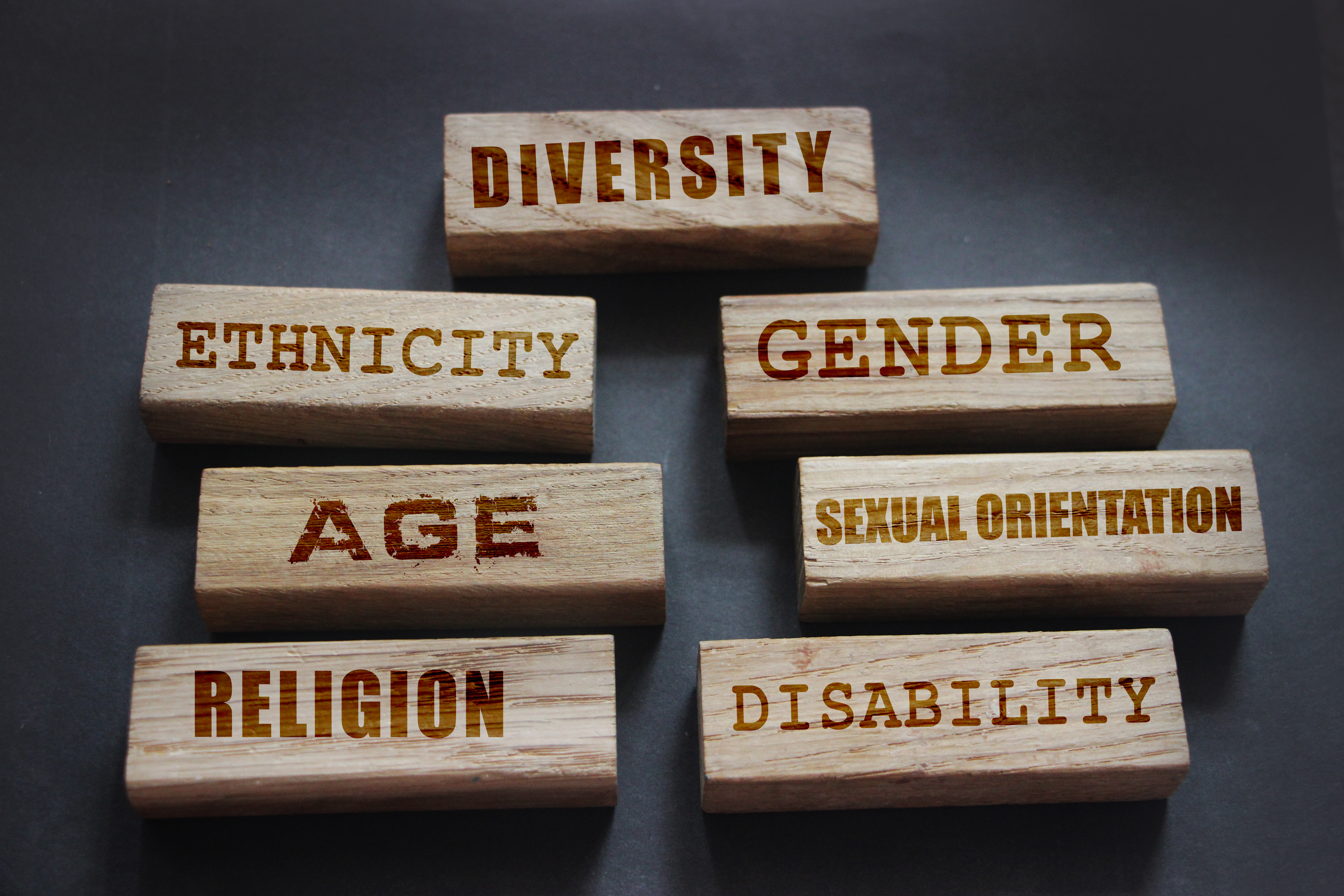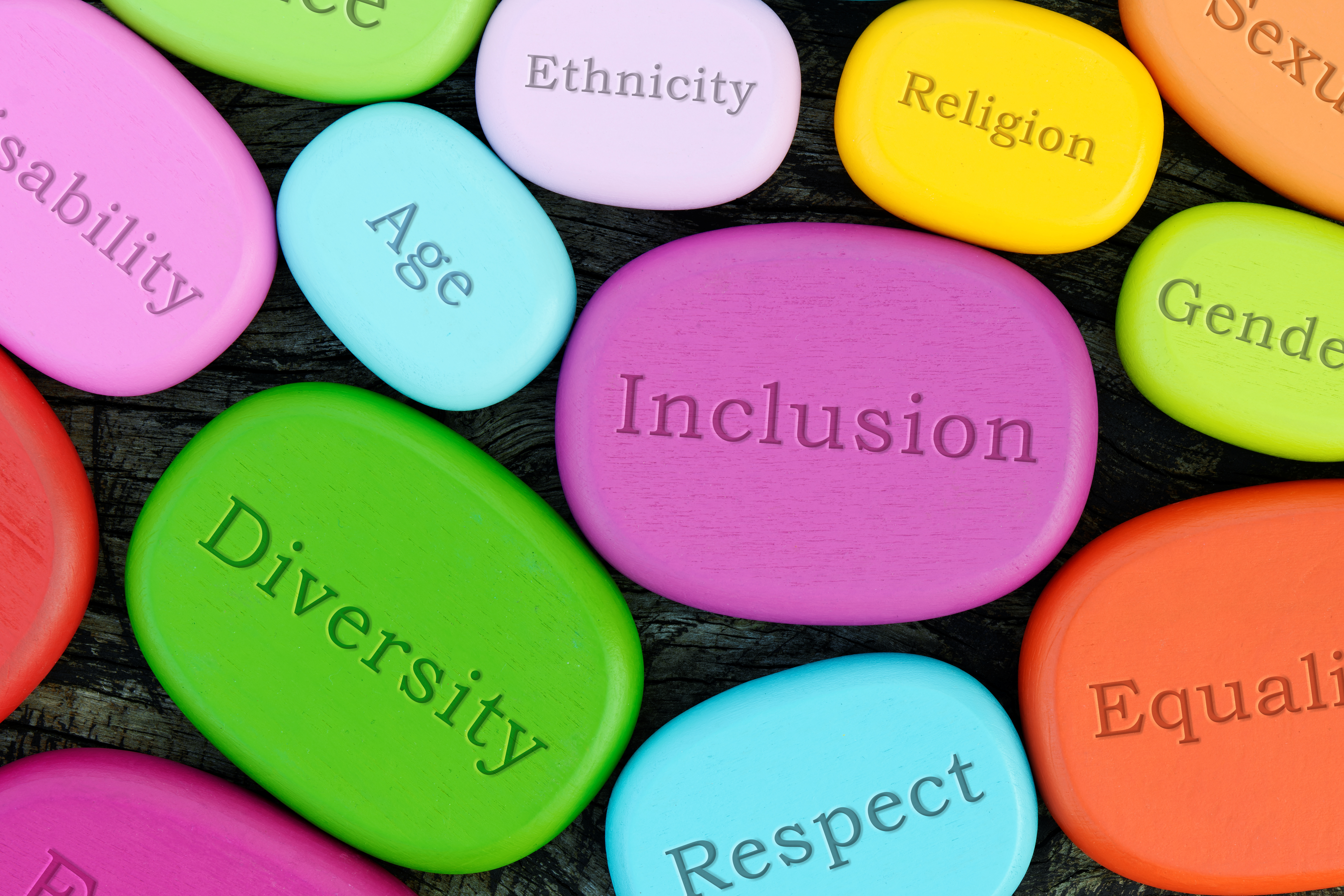Leadership Insights: The Power of Diversity and Inclusion in Leadership
As a fractional C-suite leader, I’ve had the unique opportunity to work across various industries, organisations, and cultures. This breadth of experience has given me a front-row seat to observe the strategic advantage that diversity and inclusion (D&I) in leadership provides. Today, it’s more than a moral imperative or compliance issue; it’s a strategic advantage that empowers us to drive innovation, enhance decision-making, and improve organisational performance.
Understanding Diversity and Inclusion
Diversity: The What
Diversity encompasses the range of human differences, including but not limited to race, ethnicity, gender, age, social class, physical ability or attributes, religious or ethical values, national origin, and political beliefs. A diverse leadership team reflects a mosaic of perspectives and experiences, which is crucial in today’s globalised business environment.
Inclusion: The How
Inclusion is creating environments where any individual or group can be and feel welcomed, respected, supported, and valued. While diversity is about representation, inclusion is about involvement and empowerment. For a workplace to be truly inclusive, it must ensure that diverse individuals are present and have equal access to opportunities and resources.

The Impact of Diversity and Inclusion on Leadership
Driving Innovation
One of the most profound impacts of a diverse and inclusive leadership team is its ability to drive innovation. Diverse teams bring different perspectives and problem-solving approaches to the table. This variety in thought processes can lead to unique solutions that homogeneous teams might overlook. The most groundbreaking ideas often come from teams that leverage their diverse backgrounds and viewpoints.
Enhancing Decision-Making
Inclusive leadership fosters an environment where all voices are heard and valued. This inclusivity enhances decision-making by considering a broad spectrum of ideas. Research supports that diverse teams are better at identifying and mitigating risks because they challenge each other’s assumptions and consider broader possibilities.
Improving Financial Performance
Companies with diverse leadership teams tend to outperform their peers financially. McKinsey & Company’s research has shown that companies in the top quartile for gender diversity on executive teams are 21% more likely to outperform on profitability and 27% more likely to have superior value creation. Similarly, ethnic and cultural diversity in leadership has been linked to improved financial performance. As a fractional C-suite leader, I’ve witnessed firsthand how diversity can translate into a competitive edge in the marketplace.
Implementing Diversity and Inclusion: Lessons from the Field
Lead by Example
Leadership commitment to D&I must start at the top. As a fractional C-suite leader, it’s crucial to model inclusive behaviour, actively seek diverse perspectives, and demonstrate a genuine commitment to D&I initiatives. This sets the tone for the entire organisation and encourages others to follow suit.
Foster an Inclusive Culture
Creating an inclusive culture involves more than just policies and procedures; it requires a shift in mindset. Encourage open dialogue about diversity and inclusion, provide training to help employees understand unconscious biases, and create safe spaces where individuals feel comfortable sharing their experiences and ideas.
Measure and Accountability
What gets measured gets managed. Establish clear metrics to track progress on diversity and inclusion goals. Review these metrics regularly and hold leaders accountable for meeting them. Transparency in reporting can also help build trust and demonstrate a commitment to continuous improvement.

Mentorship and Sponsorship Programs
Implement mentorship and sponsorship programs to support the development of diverse talent. Mentorship provides guidance and support, while sponsorship involves advocating for individuals’ career advancement. Both are crucial for helping diverse employees navigate their career paths and reach leadership positions.
Adaptability and Flexibility
Adaptability and flexibility are the keys to successful D&I strategies. Organisations must be adaptable and flexible in their approach to D&I. As a fractional C-suite leader, I’ve learned that no one-size-fits-all solution exists. What works in one organisation may only work in one organisation. Regularly assess and refine D&I strategies to ensure they meet the evolving needs of the workforce and the organisation.
The power of diversity and inclusion in leadership cannot be overstated. It drives innovation, enhances decision-making, and improves financial performance. As a fractional C-suite leader, leveraging D&I has fostered dynamic, resilient, high-performing organisations. The journey towards a more diverse and inclusive workplace requires commitment, openness, and a willingness to learn and adapt. However, the ethical and economic rewards are well worth the effort. By embracing the power of diversity and inclusion, leaders can unlock the full potential of their teams and drive sustainable success in an increasingly complex and interconnected world.
If you enjoyed this, you might like to subscribe to our newsletter, visit our YouTube Channel or Podcast or read our latest work.

